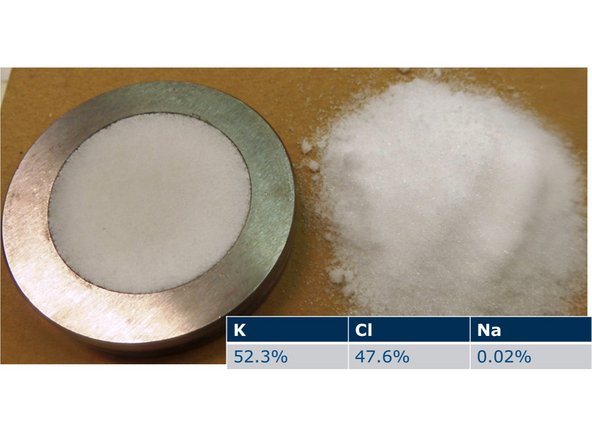Introduction
Proper sample preparation is important to achieve quality results.
-
-
Samples must cover the entire measurement window to minimize x-ray exposure.
-
-
-
Gently wash your sample with soap and water. If available use a brush to avoid skin contact with sample.
-
Sample surface should be free of oxidation, oils, or other surface films.
-
Sample contamination can lead to the identification of unwanted elements added to the spectra as well as attenuating desired X-rays.
-
-
-
For optimal results, samples should be prepared as flat discs, 20-50 mm in diameter.
-
Methods of obtaining sample discs vary (i.e. machining metal, finely grinding and pressing minerals into tablets, casting glasses).
-
These discs should then be polished in order to minimize irregularities on the sample surface.
-
Irregular surfaces can produce poor results by reabsorbing lower energy x-rays.
-





